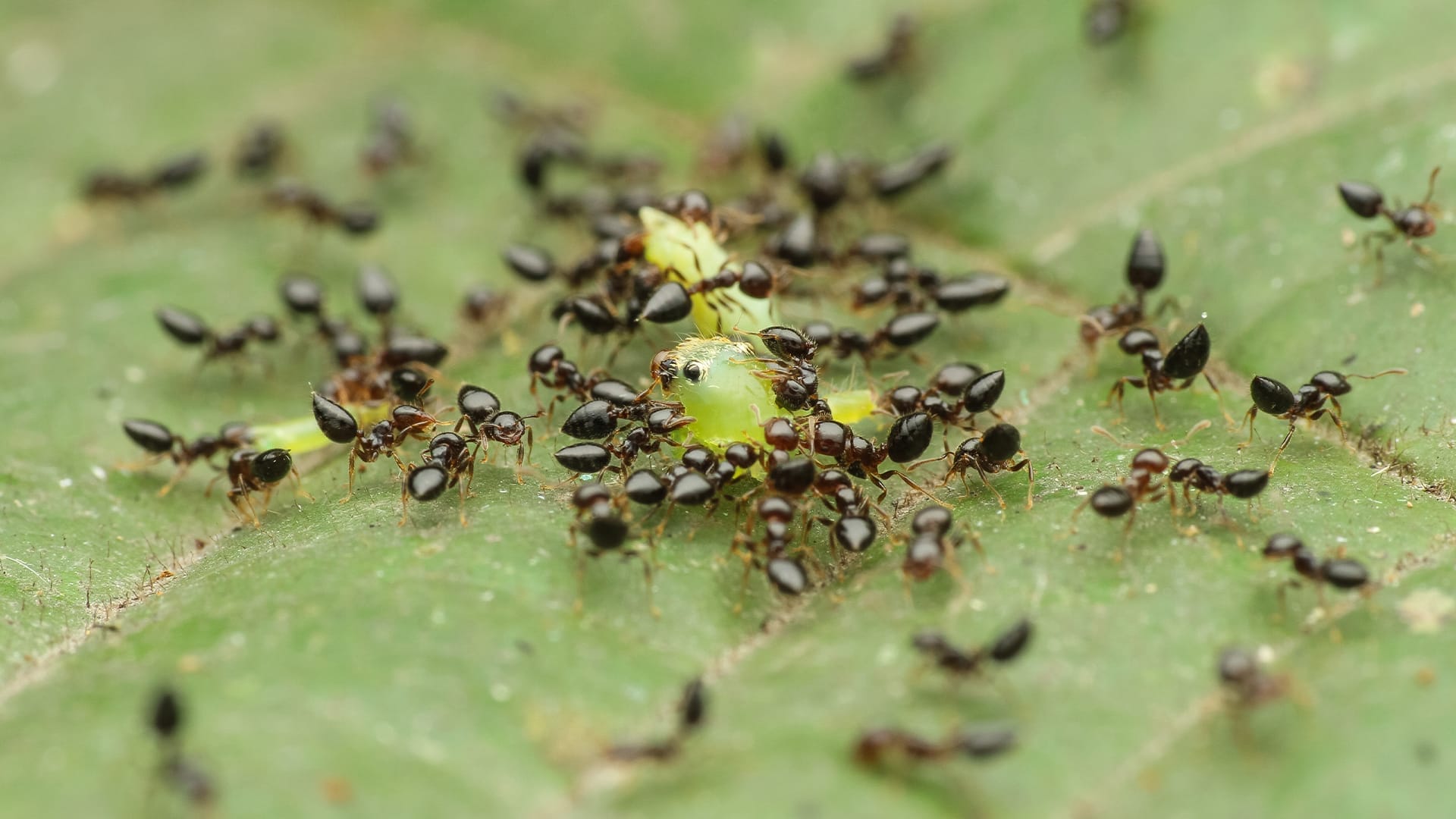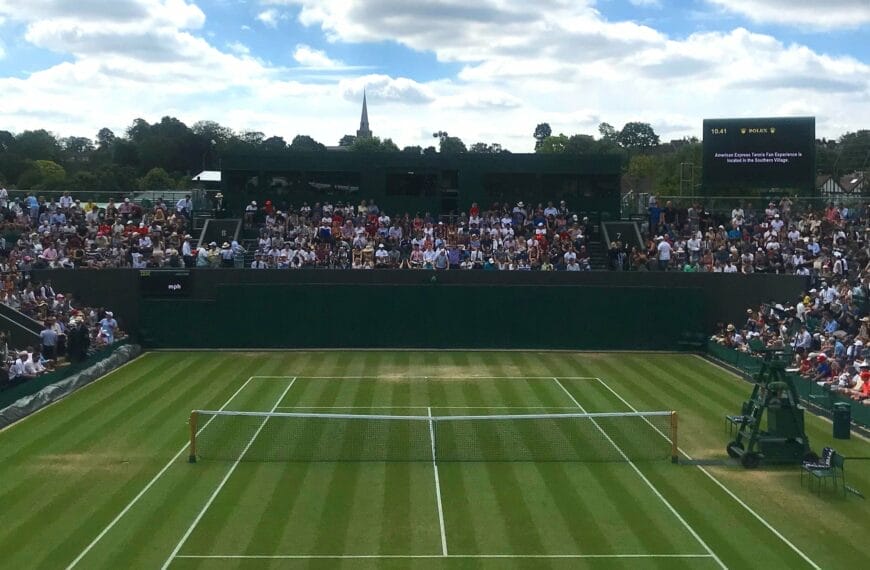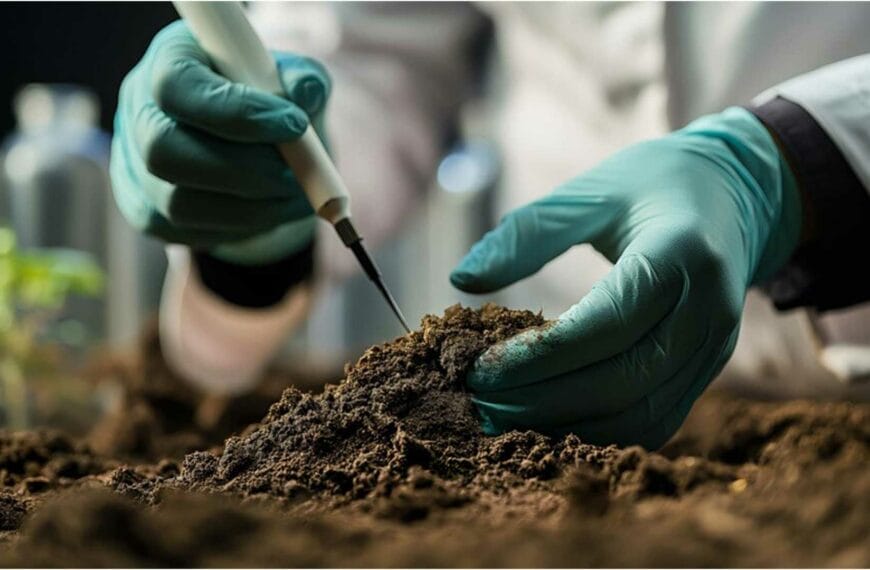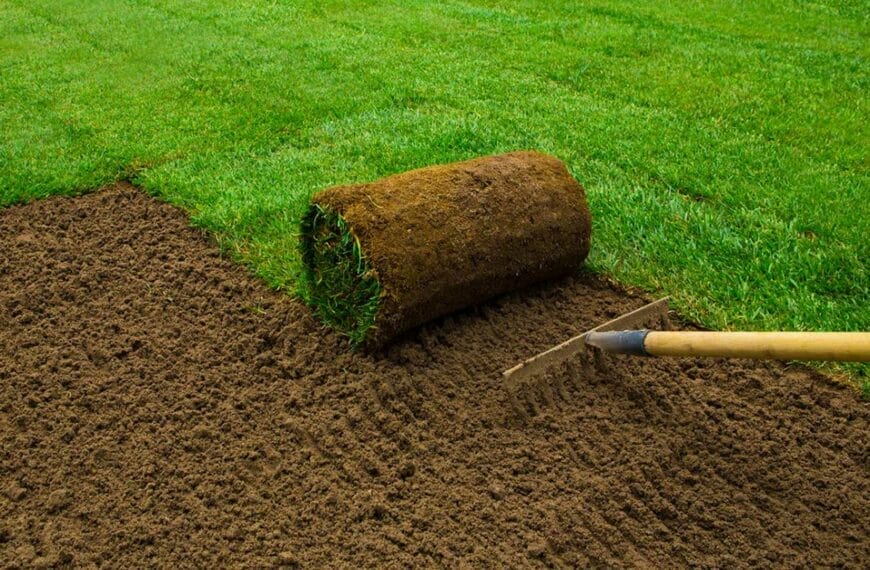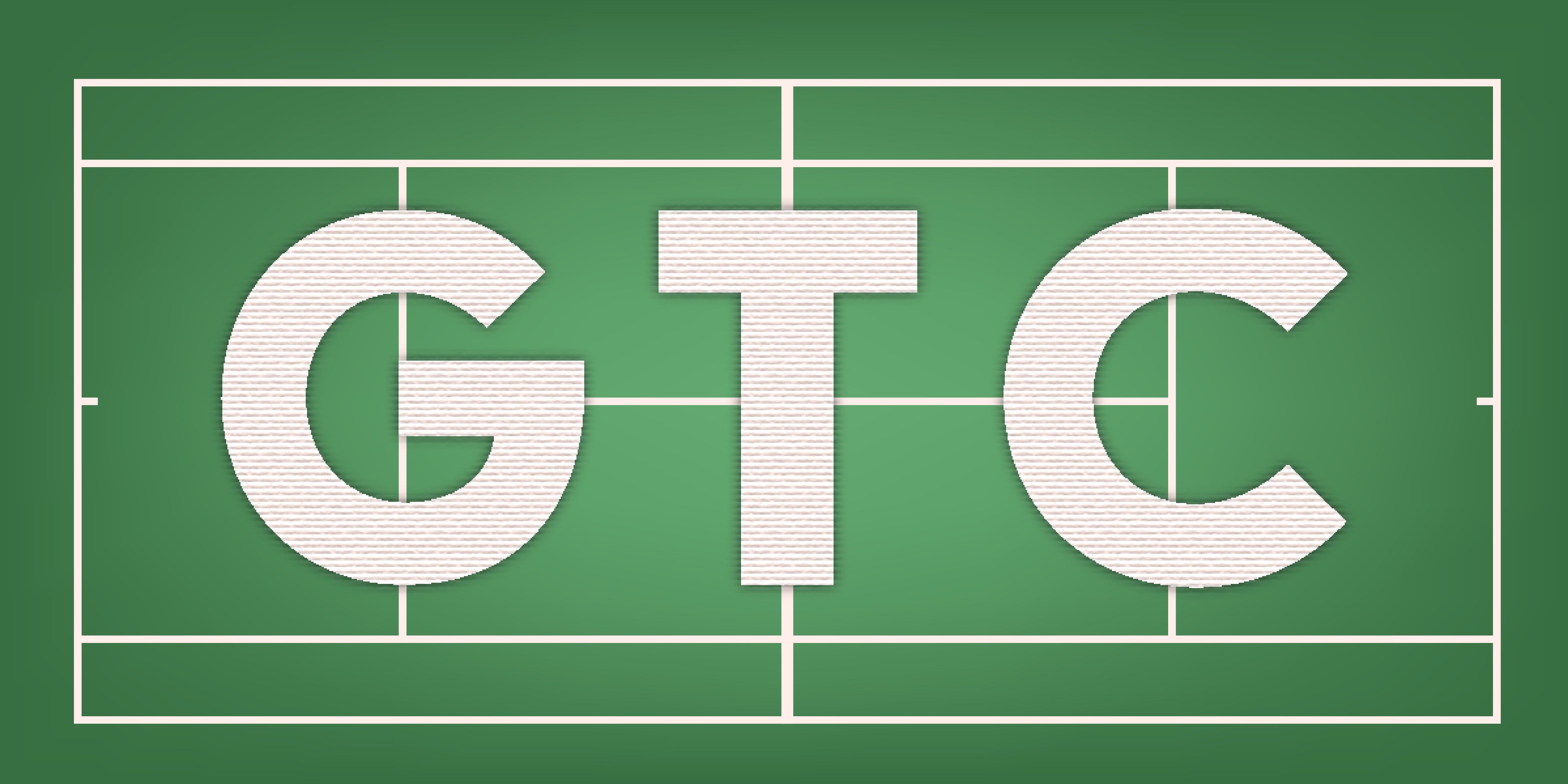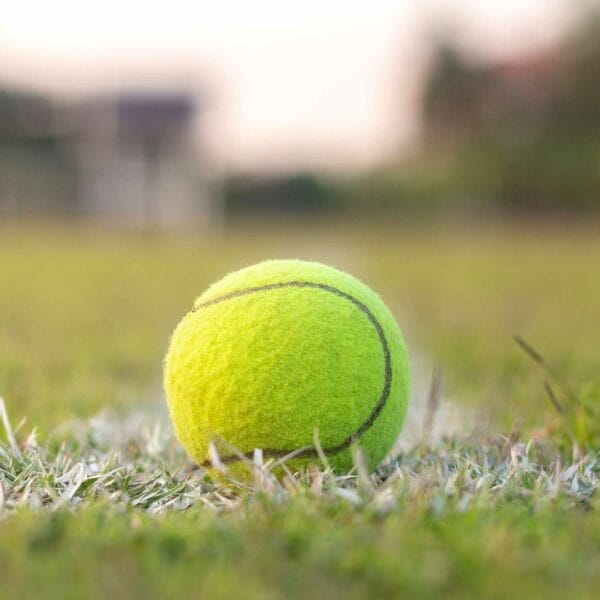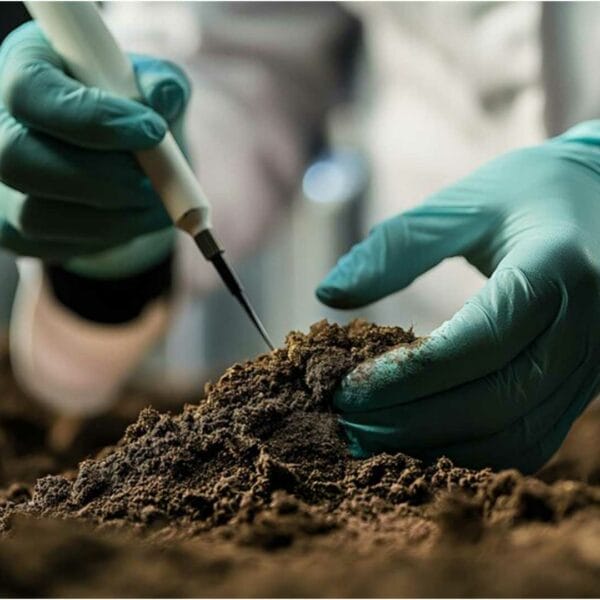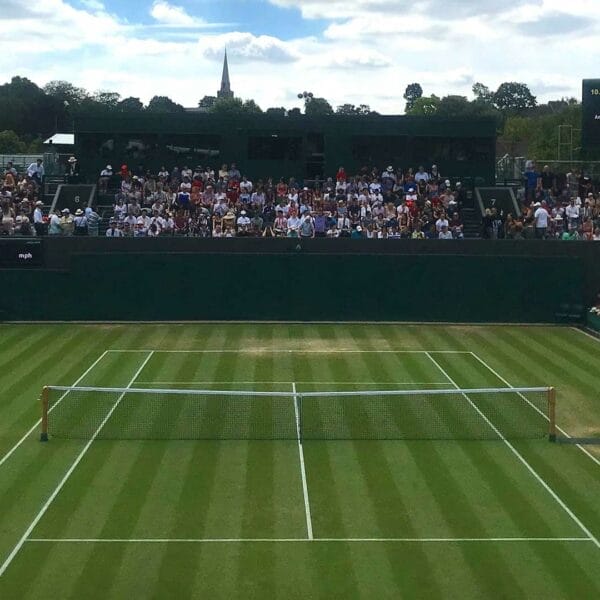A Guide to Pest and Disease Control Strategies for Grass Tennis Courts
Introduction to Pest and Disease Management on Grass Tennis Courts
Maintaining a pristine grass tennis court requires careful attention to pest and disease management. Pests and diseases can quickly undermine the health of the grass, leading to unsightly patches, poor playability, and even permanent damage to the court. Effective pest and disease control strategies are essential for ensuring your grass tennis court’s long-term success and beauty.
Understanding Common Pests and Diseases
Before implementing control strategies, it’s important to understand the common pests and diseases that can affect grass tennis courts.
1. Common Pests
- Grubs: These are the larvae of beetles that feed on the roots of grass, causing the turf to weaken and die.
- Moles: Moles create tunnels and mounds that disrupt the even surface of a tennis court.
- Cutworms: These caterpillars chew on grass blades and can create patches of dead turf.
- Nematodes: Microscopic worms that attack the roots of grass, leading to stunted growth and yellowing.
2. Common Diseases
- Dollar Spot: A fungal disease that causes small, circular patches of brown grass.
- Brown Patch: Another fungal disease that creates large, irregular patches of brown or yellow grass.
- Pythium Blight: A fast-spreading disease that thrives in wet, humid conditions, leading to greasy, dark patches on the turf.
- Rust: A fungal disease that causes orange or yellow powdery spots on the grass blades.
Pest and Disease Control Strategies
To protect your grass tennis court from these common threats, it’s important to implement a range of preventative and responsive control strategies.
1. Preventative Strategies
Prevention is the first line of defence against pests and diseases. By creating an environment that is less conducive to these problems, you can reduce the likelihood of infestations and outbreaks.
- Soil Health Management: Healthy soil is less susceptible to pests and diseases. Regularly test soil pH and nutrient levels to ensure the grass has optimal growing conditions. Amend the soil with organic matter to improve its structure and water-holding capacity.
- Proper Irrigation: Overwatering can create conditions favourable for fungal diseases, while underwatering can stress the grass, making it more susceptible to pests. Implement a balanced irrigation schedule based on the specific needs of the grass species and local climate conditions.
- Mowing Practices: Mow the grass to the appropriate height for the species and avoid cutting more than one-third of the grass blade at a time. Sharp mower blades reduce the risk of creating wounds that can be disease entry points.
- Aeration: Regularly aerate the soil to improve air circulation and water infiltration, reducing the conditions that promote fungal growth. Aeration also encourages deeper root growth, making the grass more stress-resistant.
- Fertilization: Apply fertilizers based on soil test results to avoid over-fertilization, which can encourage excessive growth and disease susceptibility. Use slow-release fertilizers to provide consistent nutrients without overwhelming the turf.
2. Responsive Strategies
When pests or diseases do appear, swift and targeted action is necessary to prevent them from spreading and causing significant damage.
- Biological Controls: Introduce beneficial organisms such as nematode-resistant varieties or predatory insects that naturally control pests without harming the grass.
- Chemical Controls: Use pesticides and fungicides as a last resort and only when necessary. Choose products that are specific to the pest or disease being treated and follow all application guidelines to minimize environmental impact. Consider using organic or low-toxicity options where possible.
- Cultural Practices: Remove affected grass and debris promptly to prevent the spread of diseases. Infected clippings and plant material should be disposed of away from the court to reduce the risk of re-infestation.
- Integrated Pest Management (IPM): Implement an IPM approach that combines multiple strategies, including monitoring, biological control, and cultural practices, to manage pests and diseases in a sustainable and environmentally friendly way.
3. Monitoring and Early Detection
Regular monitoring is crucial for early detection of pests and diseases. Early intervention can prevent small problems from becoming major issues.
- Routine Inspections: Inspect the court regularly for signs of pests and diseases. Look for symptoms such as yellowing, wilting, or unusual patches on the turf.
- Use of Technology: Consider using technology such as drones or remote sensors to monitor large areas of the court for early signs of stress or infestation.
- Record Keeping: Keep detailed records of pest and disease occurrences, including the conditions leading up to the outbreak and the effectiveness of the treatments used. This information will be valuable for future prevention and management efforts.
Conclusion
Effective pest and disease control is a critical component of maintaining a healthy and playable grass tennis court. You can keep your grass tennis court in top condition year-round by implementing preventative measures, responding quickly to outbreaks, and monitoring the court regularly. Whether you’re managing a private court or a professional venue, these strategies will help ensure a beautiful, resilient playing surface that stands the test of time.
Pest and Disease Control Material Suppliers
The following is a list of Drainage Material Suppliers. These suppliers offer high-quality products designed specifically for building and maintaining grass tennis courts.
UK
Rigby Taylor
Customer Service
+44 (0) 800 424 919
Rigby Taylor is a leading supplier of turf care products in the UK, including a range of pest and disease control solutions specifically formulated for sports turf like grass tennis courts. They provide integrated pest management (IPM) solutions that help maintain healthy turf by preventing and controlling common pests and diseases that can affect the quality and playability of tennis courts.
USA and Canada
Syngenta
https://www.greencastonline.com
Customer Support
+1 866-796-4368
Syngenta is a global leader in turf protection, offering a wide range of pest and disease control products tailored for sports fields, including grass tennis courts. Their products are trusted by turf managers across the USA and Canada to protect against a variety of pests and diseases that can damage turf quality and playability.
Bayer Environmental Science
https://www.environmentalscience.bayer.us
Customer Service
+1 800-331-2867
Bayer provides a range of advanced turf care solutions, including pest and disease control products designed to protect grass tennis courts from common threats. Their products are formulated to ensure the health and durability of sports turf, helping to maintain optimal playing conditions.
Europe
COMPO EXPERT
European Sales Team
+49 2532 9030
COMPO EXPERT offers a range of professional turf care products across Europe, including specialized pest and disease control solutions for grass tennis courts. Their products are designed to provide effective protection and support healthy, resilient turf that can withstand the rigors of sports use.
Australia
Globe Australia
https://www.globegrowingsolutions.com.au
Customer Service
+61 7 3866 0400
Globe Australia is a leading supplier of turf care products in Australia, offering a wide range of pest and disease control solutions for grass tennis courts. Their products are designed to protect sports turf from common threats while promoting healthy growth and maintaining the high standards required for professional play.
Nuturf Australia
https://www.nuturf.com.au
Customer Service
+61 2 9395 1200
Nuturf Australia provides a comprehensive range of turf protection products, including pest and disease control materials designed for grass tennis courts. Their solutions help maintain healthy, durable turf that can withstand the wear and tear of regular sports activities.
Asia
BASF Asia Pacific
https://www.agriculture.basf.com
Regional Sales Team
+65 6398 5000 (Singapore Office)
BASF provides innovative turf management solutions, including pest and disease control products tailored for the unique conditions found in Asia. Their products are used to maintain the health and appearance of grass tennis courts, ensuring they remain free from pests and diseases that could compromise their quality.
These suppliers offer a wide range of pest and disease control products that are essential for maintaining the health and playability of grass tennis courts, ensuring that the turf remains robust and free from damaging pests and diseases. Their products are trusted by sports facilities worldwide for their effectiveness and reliability.

